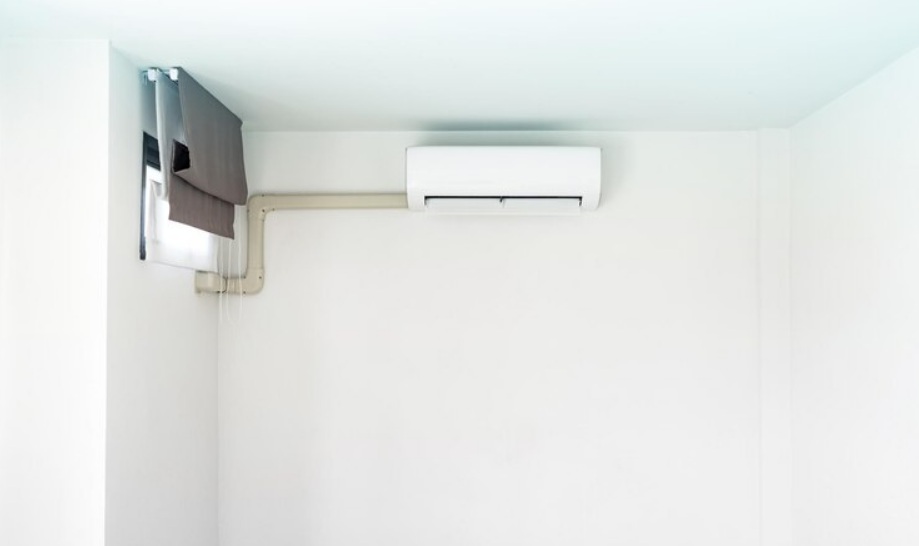What Can You Do To Control The Humidity Levels In Your Home?
Controlling indoor humidity levels plays an essential role in creating a comfortable living environment, especially during the summer months. While too little humidity can lead to dry air that can irritate your eyes and skin and cause damage to your home’s wood floors, too much humidity can be even worse. Excess humidity can make your home feel stuffy and uncomfortable, not to mention it’s a breeding ground for mildew, mold, and dust mites! If you want to keep your home cool and comfortable this summer, then here are some tips for how to lower humidity in your home. Discover how to lower indoor humidity using mechanical methods as well as lifestyle changes. With advice from Hans Heating and Air, you’ll be able to find the perfect balance of comfort and coolness in your home all summer long!
How To Lower The Humidity In Your House
If your home has too much humidity and you’re looking for tips on how to lower it, here are a few easy ones to get you started:
1. Use A Dehumidifier
One of the most effective ways to lower humidity levels in your home is to use a dehumidifier. Dehumidifiers work by pulling excess moisture out of the air and collecting it in a reservoir. This can help to reduce the amount of moisture in the air, which will help to reduce the level of humidity in your home. If you want to know how to lower humidity in house rooms across the board, installing a whole home dehumidifier is the way to go. This device works with your HVAC system to remove moisture from all air circulating through the home.
2. Ventilate Your Home
Another way to reduce humidity levels in your home is to ventilate it on a regular basis. This can be done by opening windows and doors on cool, sunny days, or by using ceiling and exhaust fans to circulate the air. Proper air circulation in your home will help remove humid air and replace it with drier air from outside.
3. Turn On Your Air Conditioning
An air conditioner can be a helpful remedy for high humidity levels. Air conditioners remove heat from the air, which also removes moisture buildup from the air at the same time. Simply operating your cooling system can help to control humidity and reduce the amount of warm air in your home.
4. Reduce Indoor Activities
One of the main sources of moisture in your home is common indoor activities such as cooking, showering, and laundry. If high humidity levels are a problem in your home, you should try to spread these activities out as much as possible.
5. Check Your Dryer
Installing a proper venting system for your dryer can make a surprisingly big difference in the relative humidity of your home! Without proper venting, your dryer is just blowing out all that humid air from its load of damp clothes into the air you and your family are breathing! In addition to improved air quality, venting also helps maximize energy efficiency, ensuring that you’re not letting any excess heat escape. It only takes a few tools and some basic instructions, so why not tackle this project today?
6. Seal Air Leaks
Look for air leaks, like drafty windows and doors, and patch them up with caulking. Also, consider adding weather stripping around windows and door frames — this will reduce indoor air exchanges and help prevent more humid air from entering the home. If you have a basement or crawl space, you should consider installing a vapor barrier. This will prevent indoor air pollutants like mold, mildew, and radon gas from sneaking into your home as well as helping you control humidity in your home.
Get Help To Fight High Indoor Humidity
By following the tips above, you should be able to lower humidity levels and improve your indoor air quality. If you need additional help, Hans Heating and Air offers dehumidifier installation services to rid your living areas of extra moisture and help you reduce excessive humidity. Our team of experts can help you select the right model for your home and ensure it is properly installed. Give us a call today to learn more about our services or to schedule a consultation.




.jpg)












